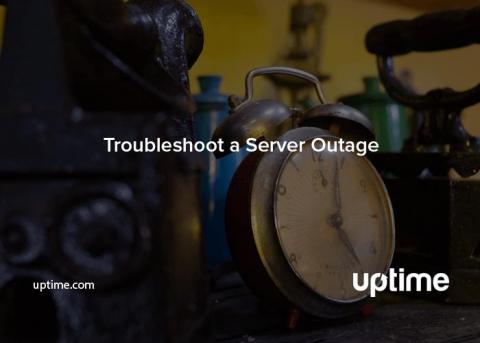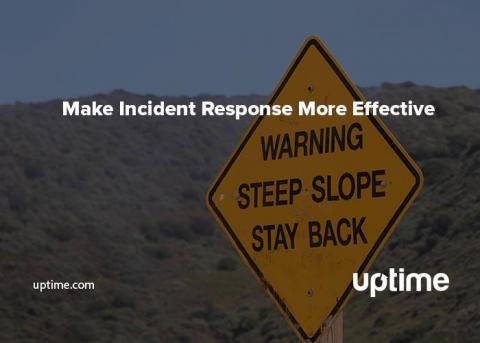Website Monitoring for Holiday Shopping Seasons
The events of 2020 accelerated ecommerce sales. According to Adobe Analytics (analyzing website transactions from 80 of the top 100 U.S. online retailers), shoppers shelled out $10.8 billion online during Cyber Monday 2020 — a single day of shopping — for a 15.1% year-over-year increase. 2020 was just the precursor to 2021, which may actually warrant use of the word “epic”, making online shopping more appealing than ever before.








